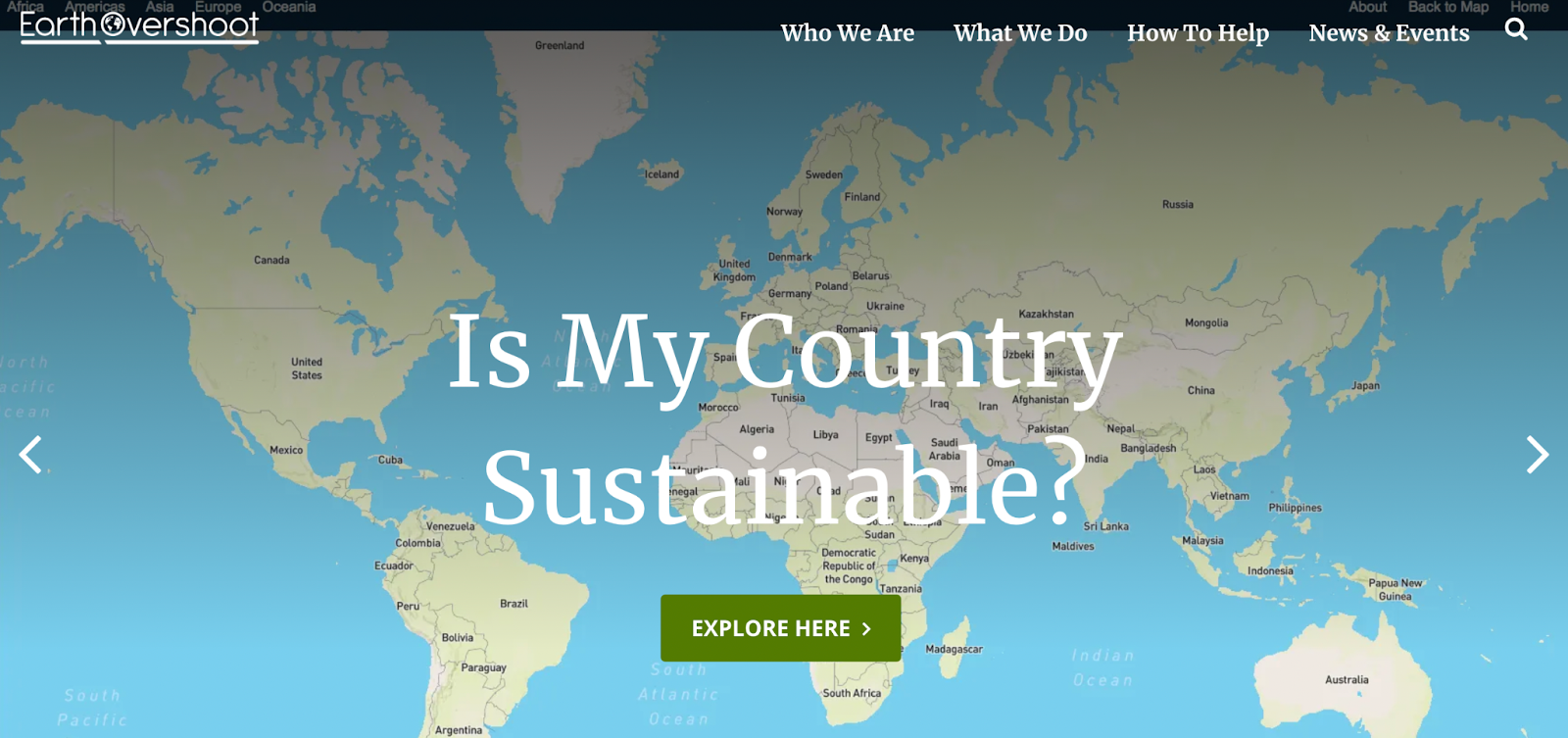Contra Elon Musk, ecological sustainability isn’t a question of how many people a land mass can contain, but how many it can sustain. People can go just about anywhere for short periods of time, but if they want to put down roots and maintain a certain standard of living they are going to need large amounts of biologically productive space nearby. There’s the rub.
Michael Lind anticipates the coming resource wars:
There is not enough cobalt, neodymium, or lithium being mined and refined in the entire world today for Britain to meet its green transition goals in the next generation. And Britain has only 67 million people. The United States has 330 million. The world has nearly 8 billion. Do the math.”
Indeed, Earth Overshoot gives The United States a “D” grade for sustainability and concludes that America’s “current population and its consumption of renewable resources is far greater than what is sustainable.”

Earth Overshoot echoes Lind’s concern:
A US National Intelligence Council Report in 2013 assessing the country’s natural resources stated globally, more resources will be needed as population increases by 2040 unless there is a radical deviation from the business-as-usual trajectory. At the aggregate level, there are significant scarcity challenges for a number of key natural resources with potential impact on U.S. security.”
The report notes that Congress’ immigration policies are now driving America’s population increases.
Joe Guzzardi observes that U.S. population growth and drought are on a collision course:
Ranked according to drought severity, the top seven states include four that are primary migrant destinations: Arizona, New Mexico, California and Texas, the arrival point for thousands of migrants….
“….Those calling for increased immigration forget that growth is finite. Sir David Attenborough, the natural history filmmaker and biologist who advocated halving immigration into the United Kingdom to preserve as much of the landscape as possible once said, ‘I’ve never seen a problem that wouldn’t be easier to solve with fewer people, or harder, and ultimately impossible, with more.'”
The editorial boards at major news outlets have been banging the drum for higher immigration levels for the purpose of growing the population faster. Recent examples come from The Washington Post and The Wall Street Journal.
Gerald Winegrad says “The sky-is-falling nature of this coverage is faulty and a blot on journalistic integrity”:
…Economic growth does not require population increases. We can grow our economy by using education and technology to increase productivity. We live in a world of finite resources with food, water, and health care insecurity. With slower or zero population growth, we can make greater progress toward resolving economic and environmental issues and boost our productivity as a nation and the quality of life for all of us. Calling for population growth to increase the number of workers flies in the face of the need to find employment for the 6.3 million currently unemployed.”
JEREMY BECK is a V.P., Deputy Director for NumbersUSA
Take Action
Your voice counts! Let your Member of Congress know where you stand on immigration issues through the Action Board. Not a NumbersUSA member? Sign up here to get started.
Donate Today!
NumbersUSA is a non-profit, non-partisan organization that relies on your donations to works toward sensible immigration policies. NumbersUSA Education & Research Foundation is recognized by America's Best Charities as one of the top 3% of well-run charities.
Immigration Grade Cards
NumbersUSA provides the only comprehensive immigration grade cards. See how your member of Congress’ rates and find grades going back to the 104th Congress (1995-97).